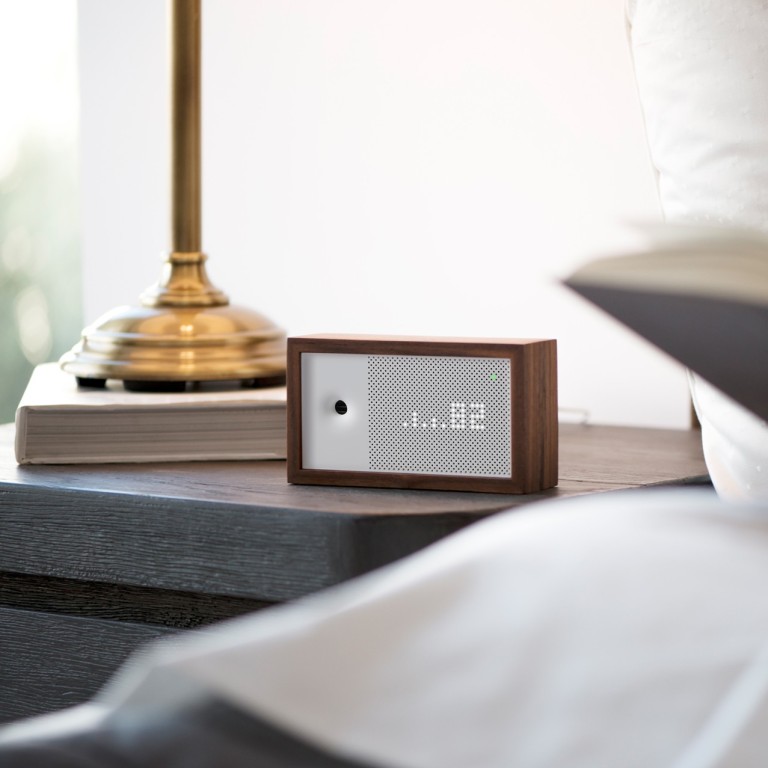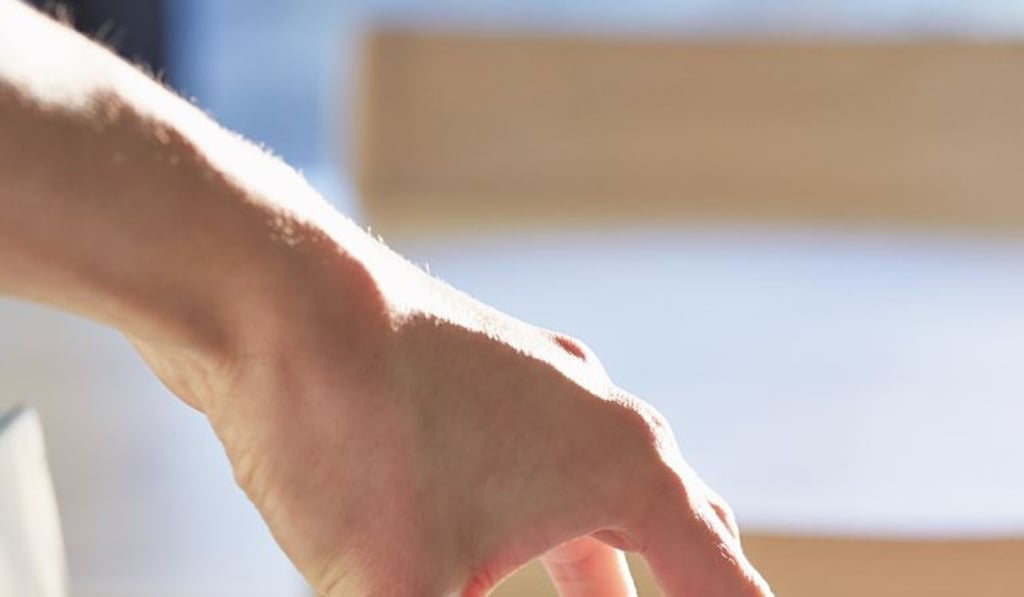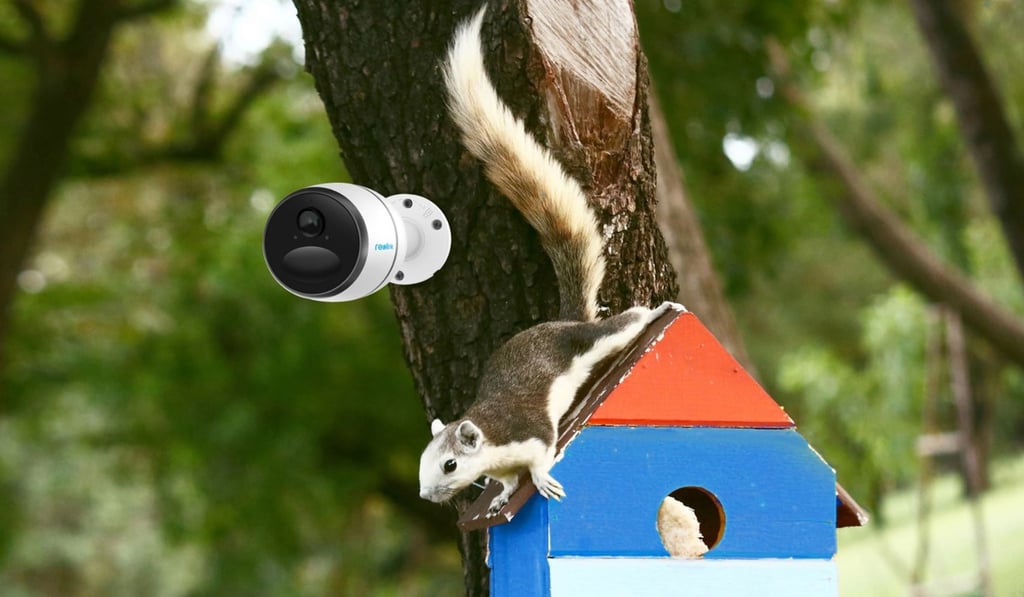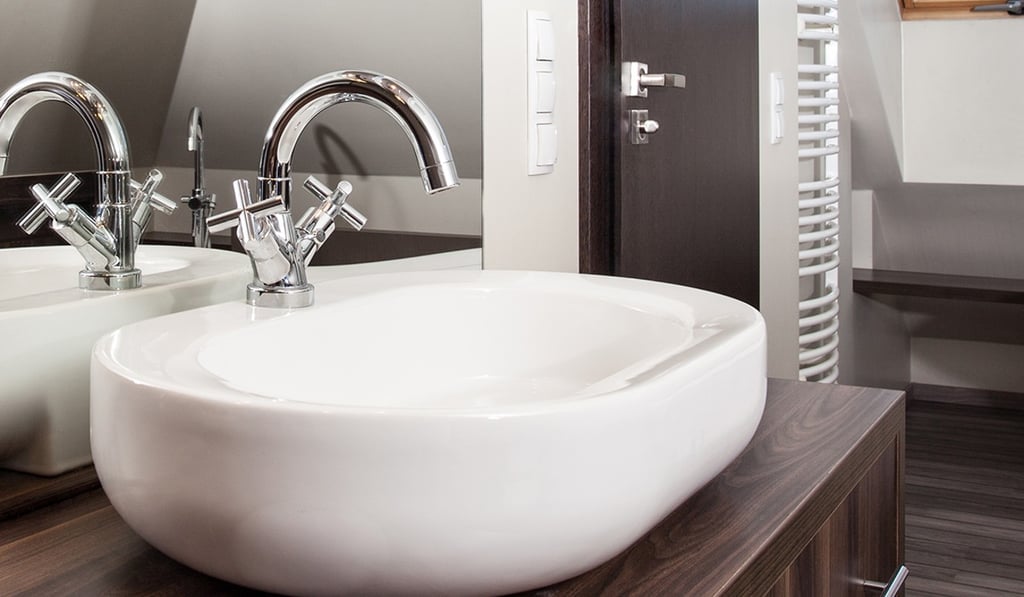How the latest in cybersecurity and smart home tech can help bring peace of mind – whether you’re home or away

Bundling alarms or cameras with smart door locks or gate openers, gives homeowners the means to keep burglars out while granting secure access to others while you are away
Gone are the days of clunky padlocks and brass fire-alarm bells. Today, advances in IoT – the internet of things – have paved the way for smarter, more sophisticated home security and safety measures that provide peace of mind whether you’re inside your home or away from it.

Benjamin Bertrand, connected solutions director of smart home automation brand Somfy, says he sees two major trends in smart home security: the increasing application of artificial intelligence (AI) to enable earlier and better detection of threats, and the integration of security and access control.
“In Europe, Somfy has released an outdoor security camera that’s embedded with AI to detect suspicious behaviour around your home, so the camera can react before a potential break-in. That is one of the ultimate frontiers in security, to not just provide an early response after an attack, but to prevent attacks from even happening,” says Bertrand.

Integration, which involves bundling security-related products like alarms or cameras with access products such as smart door locks or gate openers, gives homeowners a two-way value proposition. “On the one hand, you prevent burglars from breaking in, and on the other hand, you can grant specific, controlled, secured, limited access to your home to whoever you want – a friend, a temporary guest, or a delivery person, for example – even when you are away,” he says.
Synchronisation through smart hubs that can be accessed and controlled through smart phone and tablet apps will continue to grow. Ring, Samsung SmartThings and Nest all offer IoT-connected, home security systems that allow you to mix and match floodlights, video cameras, doorbells or smoke detectors.

Higher resolution captures of up to 4K is the biggest innovation in the realm of security cameras, with Reolink’s Go and Argus 2 offering clearer, sharper videos at affordable prices. “Trends in home security cameras will also revolve around smart home integration and AI. With Google Assistant and Amazon Alexa integration, security cameras now allow users to see live streaming using voice commands,” says Amanda Lee, of Reolink.
But safety in the home goes beyond crime prevention, and smart devices that track air quality, temperature, and fire, gas and flooding hazards are becoming more popular.
